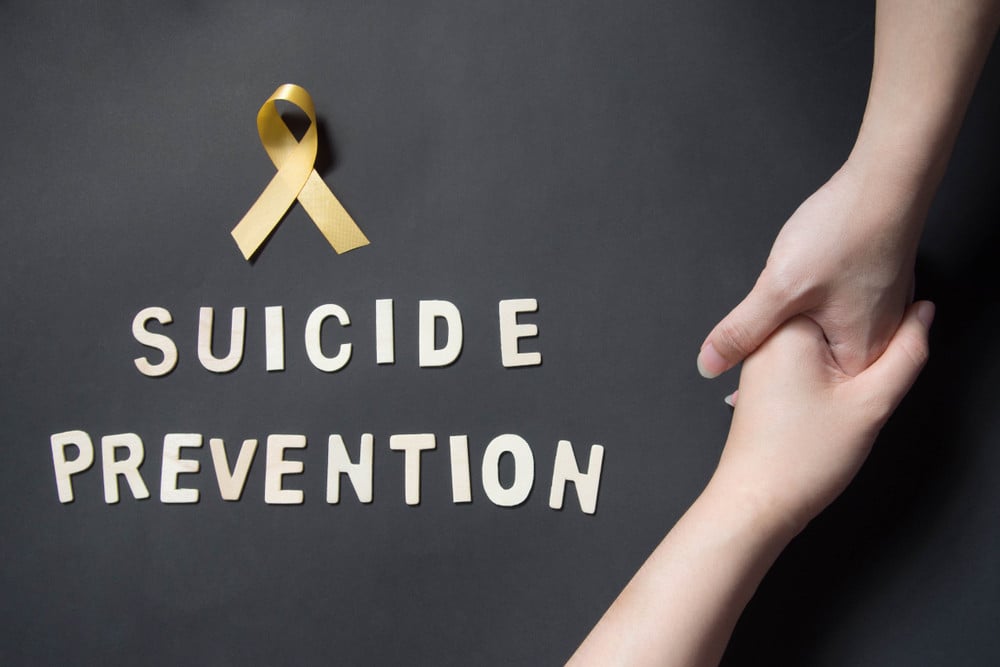WHO announces new guidance for suicide prevention

While it’s good to see more people talking about mental health, there’s still a lot more work to be done. People continue to lose loved ones, and the stigma connected with the issue in many nations exacerbates the situation. WHO announces new guidance for suicide prevention after pandemic hit the world.
Suicide accounts for one out of every hundred fatalities, according to the World Health Organization (WHO). More than 700,000 individuals died by suicide throughout the world in 2019. This number is higher than the number of people died through illnesses, homicide, or war.
As the epidemic spreads and has longer-term impacts on the general population, the economy, and vulnerable groups, suicide is expected to become a more serious problem. As a result, suicide prevention must be prioritized. The approach should build on, but go beyond, existing mental health policies and practices.
WHO has taken a number of additional steps to keep people safe since the outbreak began, including providing people with recommendations created in collaboration with worldwide experts, regional information, and quick access to over 100 local crisis helplines through COVID-19 Information Center.
The Director General of the World Health Organization, Dr Tedros Adhanom Ghrebeyesus, has issued fresh guidelines. He said at the event that the deaths should not be overlooked, especially since many of the risk factors for suicide have only increased during the covid-19 pandemic. He stated, “We cannot and must not overlook suicide.”
“Each one is a tragedy,” he continued. After months of living with the covid-19 epidemic, our focus on suicide prevention is even more critical, with many of the risk factors for suicide, such as job loss, financial hardship, and social isolation, still very much present.
Preventions
- Limiting access to ways of suicide, such as by prohibiting hazardous pesticides, restricting access to weapons, and erecting barriers at jump locations, is a significant preventative approach, according to the WHO. Because self-poisoning with pesticides is estimated to cause about 20% of all deaths, WHO noted that national bans of hazardous compounds in pesticides were a particularly beneficial step.
- When individuals are in crisis, getting them aid in real time is critical.
- Because of the increased use of online learning as a result of COVID-19, WHO is extending online tools for educators, including #chatsafe guidelines for helping young people communicate about suicide safely online.
- The WHO also stressed the importance of educating the media on responsible suicide reporting and collaborating with social media firms, as well as enhancing the identification and follow-up of anybody experiencing suicidal thoughts.
According to the data, the global average suicide rate in 2019 was 9.0 per 100,000 people, with 11.2 in the WHO Africa zone, 10.5 in Europe, and 10.2 in Southeast Asia. The Eastern Mediterranean area had the lowest rate, at 6.4 percent.
Takeaway
These are unprecedented times. However, scientific data and national strategy experience provide a solid foundation for suicide prevention. We must be ready to adopt the steps outlined here, backed up by vigilance and international cooperation.
PTA Taxes Portal
Find PTA Taxes on All Phones on a Single Page using the PhoneWorld PTA Taxes Portal
Explore NowFollow us on Google News!







